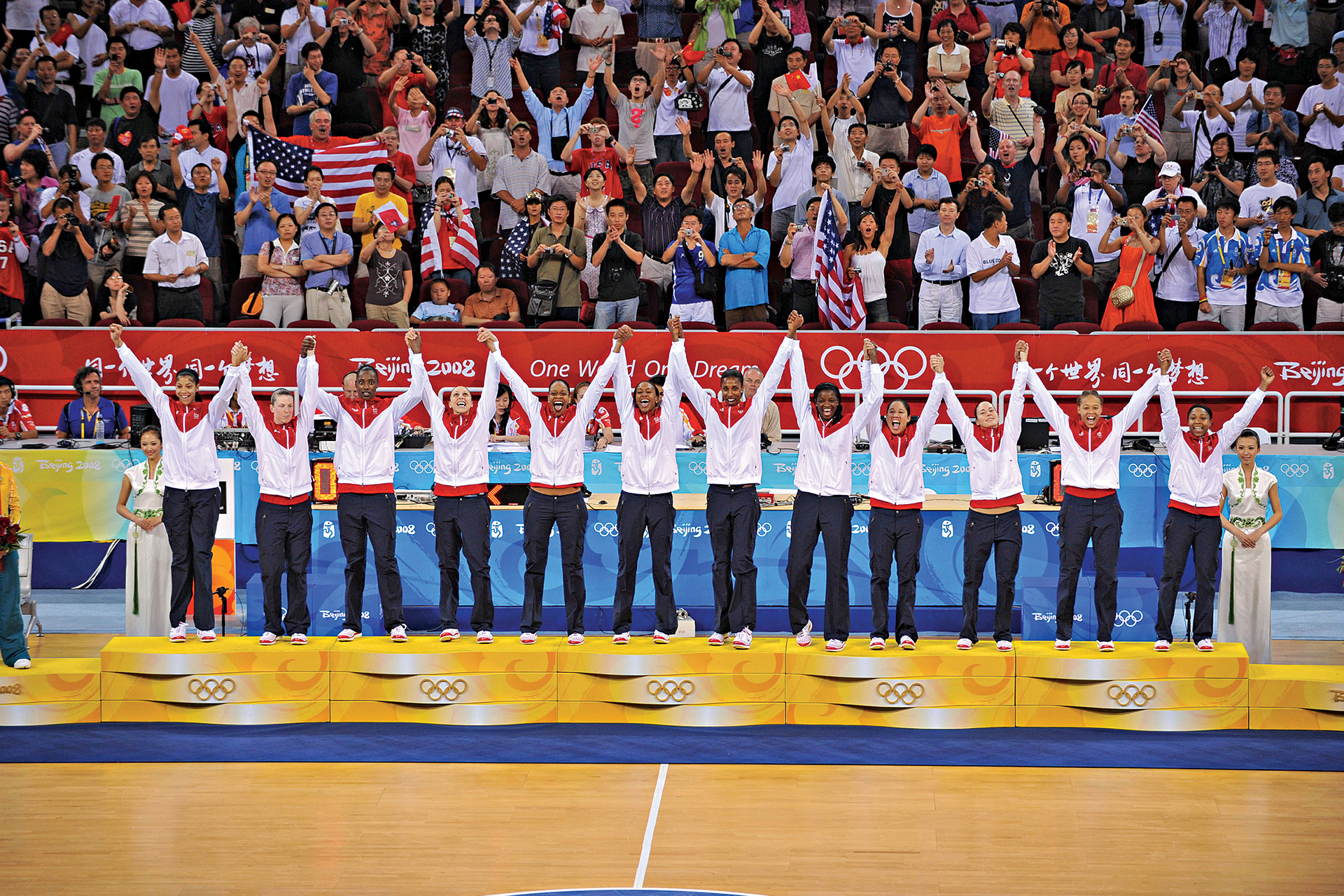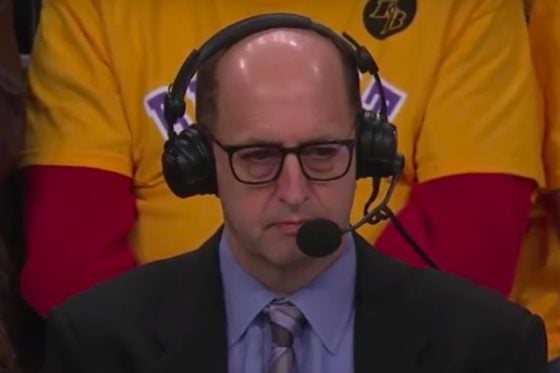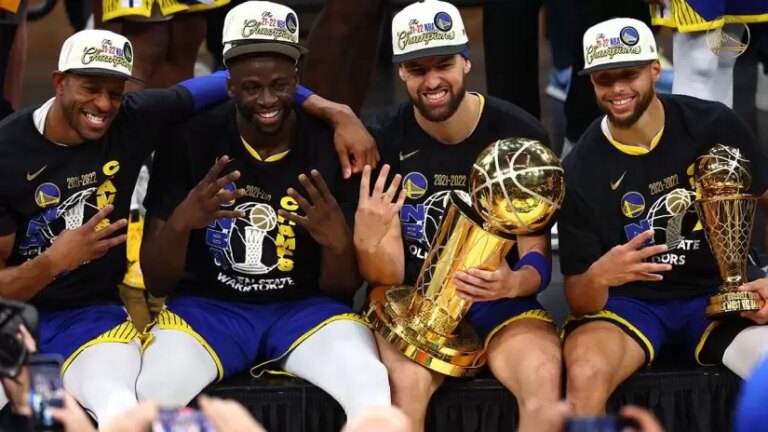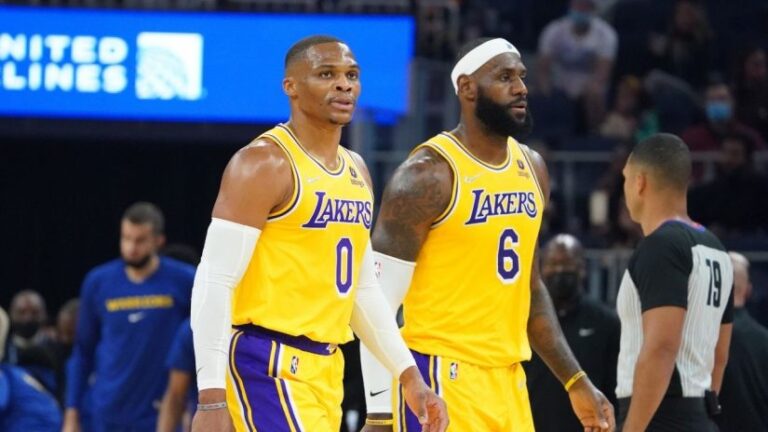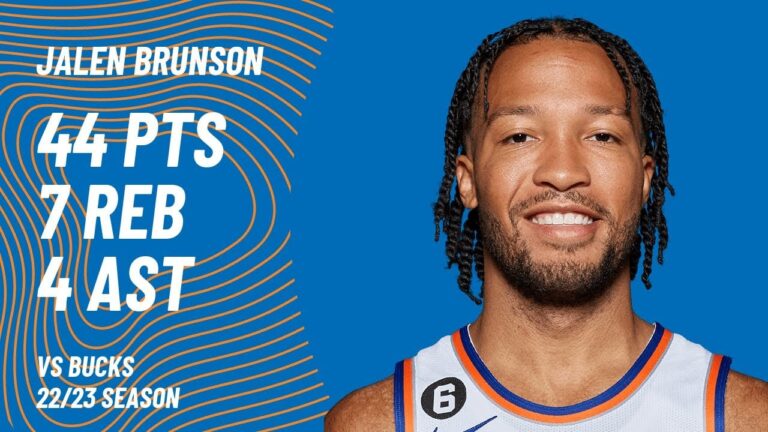Detailing the USA Women’s National Teams Dominance
This story appears in SLAM Presents USA Basketball. Shop now.
They posed for photographs, hamming it up while displaying their medals. They beamed with pride as the National Anthem was played. And some of them even cried.
Then, they reflected on what they had accomplished: a seventh straight Olympic Gold medal and the type of rare dynastic run that makes them one of the most legendary teams in basketball history. The only outfit with more consecutive championships is the Boston Celtics, which captured eight consecutive NBA crowns from 1959-66. But since Bill Russell and his compadres weren’t taking on the whole world, an argument can be made that the U.S. Women’s National Team is the most dominant hoops squad ever.
The 2021 win over Japan in the Tokyo Olympic Games captured the Gold and extended the U.S. winning streak to a remarkable 55 games. There have been no hiccups or off nights. The team has operated as a thresher, ripping through every opponent and maintaining a rare focus that has produced legendary results.
“Our sustained success occurs because of the sacrifice of our players,” said 2021 head coach Dawn Staley, who played on three of the seven victorious teams. “We always have the best of the best.”
That makes Sue Bird and Diana Taurasi the best of the best of the best. They captured their fifth Gold medals in Tokyo and provided the kind of veteran leadership that has been a hallmark of the women’s team during the streak. Sylvia Fowles earned her fourth Gold with the victory. Out of the three, only Taurasi is playing in this year’s Games.
“There is an ultimate honor and pride with wearing this jersey,” said Taurasi. “I hope the next generation feels that same pride, that same respect, that same responsibility to make sure to come out here and play the right way. There’s nothing like it. There’s nothing like playing in the Olympics…When you put that USA on your chest, you’re playing for everyone who loves basketball in our country, and that responsibility that weighs heavy on us. That’s probably one thing we won’t miss.”
Although women’s basketball did not become an Olympic sport until 1976, the relationship between USA Basketball and the nation’s top female players dates back much further. U.S. teams have competed in World Championship/Cup and Pan American Games competitions since the 1950s. The women’s game has been an important—and highly successful—part of USA Basketball, and the continued success and domination of U.S. teams shows how robust the sport is in this country.
U.S. women have won nine Olympic Gold medals and 11 World Cup titles. They have featured the nation’s best players and some of its most legendary coaches. During its 50 years of existence, USA Basketball has strived to be the standard for the sport worldwide, and thanks to the success of its women’s teams, that goal has become a reality.
“This just doesn’t happen overnight,” Taurasi said after the Tokyo Gold medal game. “This is a process that happens over the years.”
EARLY DAYS
For many people, their first glimpse of women’s basketball was in the Association for Intercollegiate Athletics for Women (AIAW) college game or the first time the International Olympic Committee allowed women’s basketball to be contested. But U.S. women’s basketball goes back well before that. In 1926, the AAU began holding national championship tournaments, and 27 years later, in Santiago, Chile, the U.S. captured its first-ever world title.
Led by Katherine Washington, the 1953 team was made of seven members of the Nashville Business College team, one future member and another player, and it dumped the host Chile team, 49-36, in the final. Washington was again outstanding four years later, when the U.S. went to Rio and blitzed to a 6-0 record and a second-straight title. A 51-48 victory over the Soviet Union in the final game clinched the Gold.
That would be the U.S. team’s last victory over the USSR for a long time. The Soviets won the next four World Championship tournaments and went a perfect 23-0 in the process. When the teams met in the first Olympic women’s competition, the 1976 Games in Montreal, the USSR ripped the U.S. team, 112-77, in the group stage. A variety of circumstances kept the teams apart after that. The USSR did not participate in the 1979 World Championships, held in Seoul, because the nation did not have diplomatic relations with South Korea.
The United States boycotted the 1980 Moscow Olympics, which meant the teams’ meeting in the ’83 World Championships in Sao Paulo, Brazil, was their first in seven years. The result was a crushing, 84-82 American loss in the Gold medal game.
But that was it for any level of American disappointment. Big things were ahead, and the U.S. women were about to show the world how the sport was played.
STEPPING FORWARD
When the U.S. team arrived in Montreal in ’76 for the first-ever Olympics to include a women’s competition, they found a two-bedroom apartment waiting for them. That meant 12 players would have to cram into bunk beds and avoid tripping over each other. Those modest beginnings helped create the strong spine that has driven the U.S. teams in international play.
The Soviets boycotted the ’84 Los Angeles Games, but the talented U.S. team that won Gold featured standouts like Cheryl Miller and Lynette Woodard and was coached by the legendary Pat Summitt. While the USSR’s absence led many to debate whether the Americans could have defeated their main rivals, the ’88 Seoul Olympics answered any questions.

The U.S. won Gold and whipped the Soviets, 102-88, in the semifinals. The trio of Katrina McClain, Teresa Edwards and Cynthia Cooper led the team and made the Americans practically invincible. That wasn’t the case four years later, in Barcelona. While the men’s Dream Team stomped its way to Gold, the women could only manage a Bronze, thanks to a semifinal loss to the Unified Team, as the former Soviet Union was then known. That would be the last time the women’s team would stand on something other than the top level of the rostrum. Beginning in Atlanta, the U.S. became unstoppable.
The ’96 women’s team was a perfect 8-0, and no team came within 15 points of it. Led by coach Tara VanDerveer, the U.S. featured a deep, versatile team with Lisa Leslie, who averaged 19.5 ppg, McClain, Sheryl Swoopes and Ruthie Brown. The team’s 111-87 rout of Brazil in the Gold medal game featured 71.9 percent field-goal shooting in the first half. Simply put, the Brazilians didn’t have a chance.
As the rest of the world found out over the next six Olympiads, neither did anyone else.
TOTAL DOMINANCE
The numbers at the 2000 Olympics were extremely impressive. First off, the U.S. was 8-0 in the tournament and outscored its opposition by 21.7 ppg. Yes, the team was an offensive juggernaut, defeating teams like New Zealand by 50-plus points and shooting an average 50.8 percent from the field, but it also stifled its rivals, holding them to 37.7 percent success. Leslie and Swoopes again led the way, with Yolanda Griffith providing another strong offensive option. One of the biggest stories was Teresa Edwards’ decision to step away from international play after setting the record for most points scored in all competitions by a U.S. player and playing in five different Olympiads.
When the U.S. team went to Greece for the ’04 Games, things weren’t quite as easy, but that didn’t mean the Americans didn’t prevail. Their first six contests didn’t produce too much stress, although a 71-58 win over Spain had some moments of concern. Defeating Russia, 66-62, in the semifinals wasn’t easy, and the United States found itself matched up with Australia in the Gold medal game. Still, thanks to the team’s depth and talent, the U.S. prevailed, 74-63, for its third-straight Olympic Gold.

The story of the team was Leslie, who led everyone in scoring (15.6 ppg) and rebounding (8.0 rpg). It would be the standout’s third Olympic Games, and when the competition was over, she was the all-time U.S. leader in points, rebounds and blocked shots in Olympic play.
Although Leslie did not play as big a role in 2008 in Beijing, she was still formidable (10.1 ppg, 7.0 rpg). But Sylvia Fowles, Tina Thompson and Diana Taurasi took the lead as the Americans put together their most dominating performance to date, whipping their eight opponents by an average of 37.6 ppg for the fourth Gold in their seven-Olympiad streak. Even the final against Australia (again) wasn’t competitive, with the United States romping, 92-65.
Leslie joined Edwards as the only athlete, male or female, to win four Olympic basketball Golds.
Gold medal number five in the string was captured in London, with France providing the opposition in the final game. In what was becoming a ritual, the U.S. skunked its rivals by more than 30 points a game (34.4) and only had one team come within 25 points. Bird and Taurasi teamed with Tamika Catchings as captains, and all three were key contributors. Taurasi led the team with 12.4 ppg, Bird handed out 4.5 apg and Catchings was stout on the boards and the defensive end. The world may not have liked it, but the U.S. was rolling, and there was nothing anyone could do about it.
That was certainly the case in Rio, when the U.S. topped the century mark in six of its eight wins. The final was a 101-72 rout of Spain, and the team’s average margin of victory was 37.2 ppg. The Taurasi-Catchings-Bird triumvirate again provided the necessary leadership, but the team was filled with so many stars that it was difficult to imagine a need for someone to be out front. Any of the team members could have—and did—fill that role.
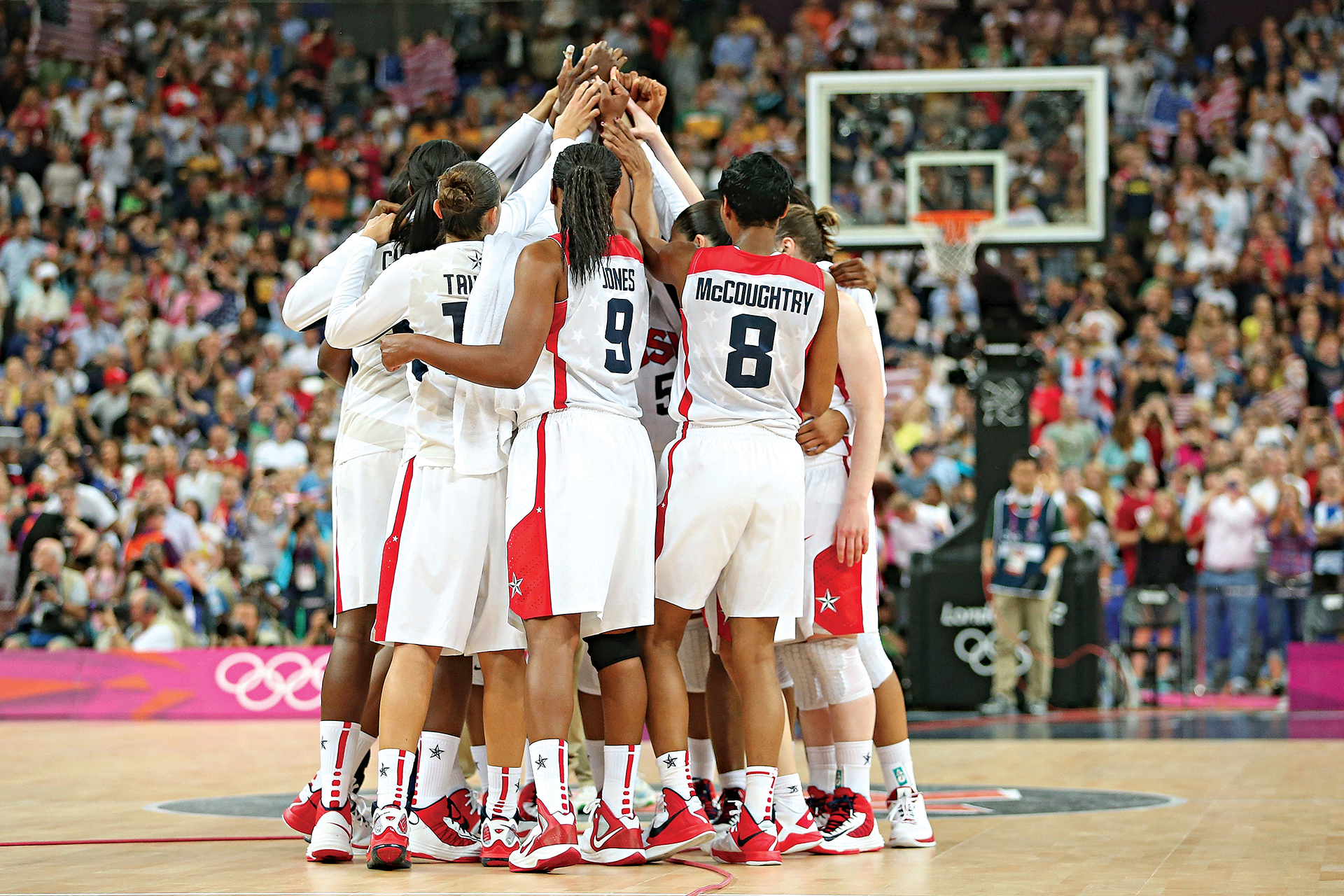
The triumph demonstrated the growing breadth of USA Basketball’s developmental abilities. It’s likely that a team of 12 other American players could have won Gold, had the squad that tore through Rio stayed home. A sport that didn’t gain Olympic acceptance until 40 years after the men’s version debuted had surpassed its male counterpart in terms of dominance. That shocked some—although it shouldn’t have—the women’s professional game has been quite mature and widespread internationally for decades.
As the Paris Games dawn, it is clear USA Basketball has perfected the formula for success in the women’s realm. The game is ripening every year at the prep, college and WNBA levels, providing an endless stream of talent for the national team. There’s no guarantee of Gold in the coming Olympiad—or any other—but it’s hard to imagine another country with the resources and commitment necessary to usurp the U.S.
In other words, fans of the U.S. women’s team should get ready for another celebration this summer.
SLAM PRESENTS USA BASKETBALL IS AVAILABLE NOW

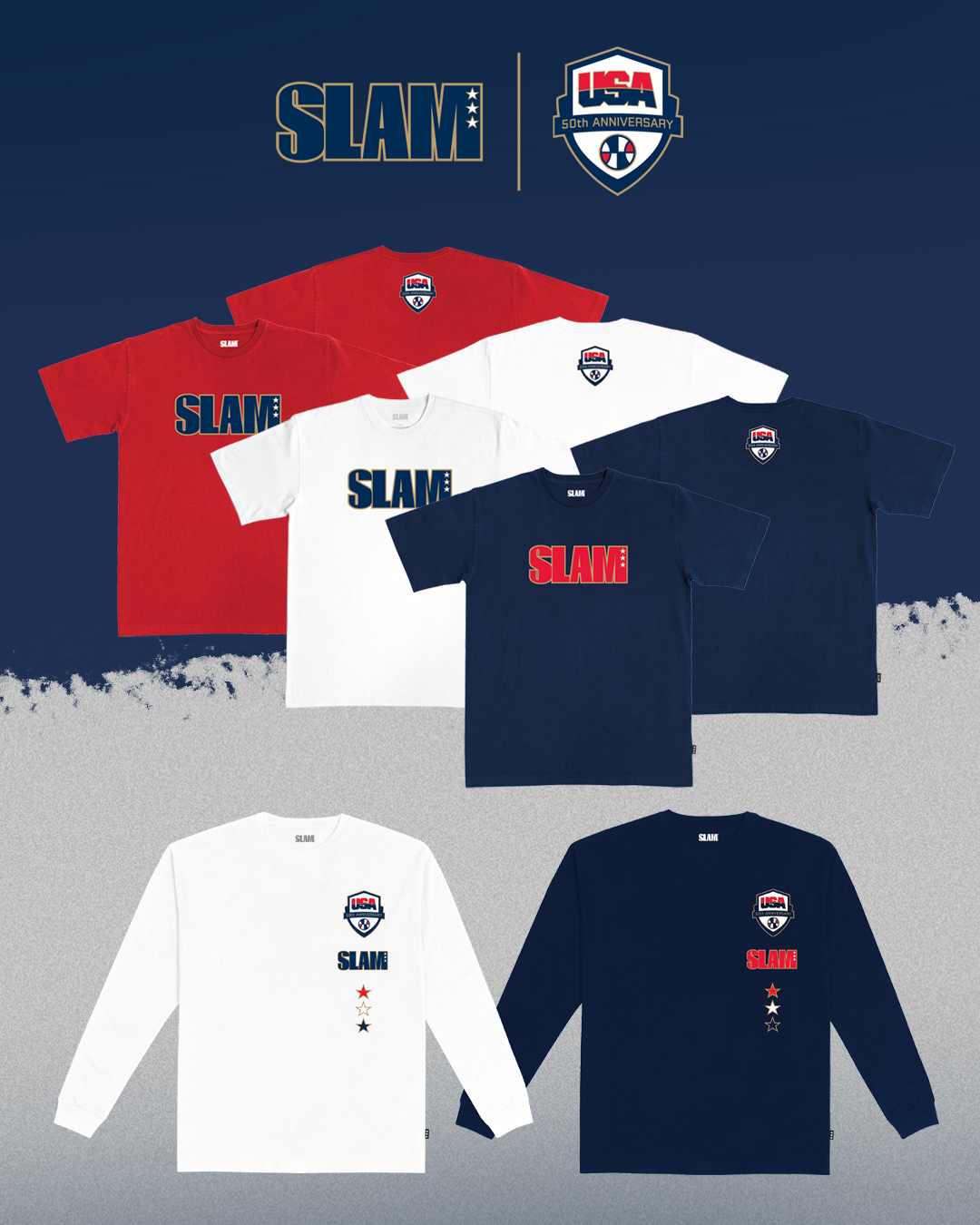
Photos via Getty Images.
Check out our Latest News and Follow us at Facebook
Original Source

